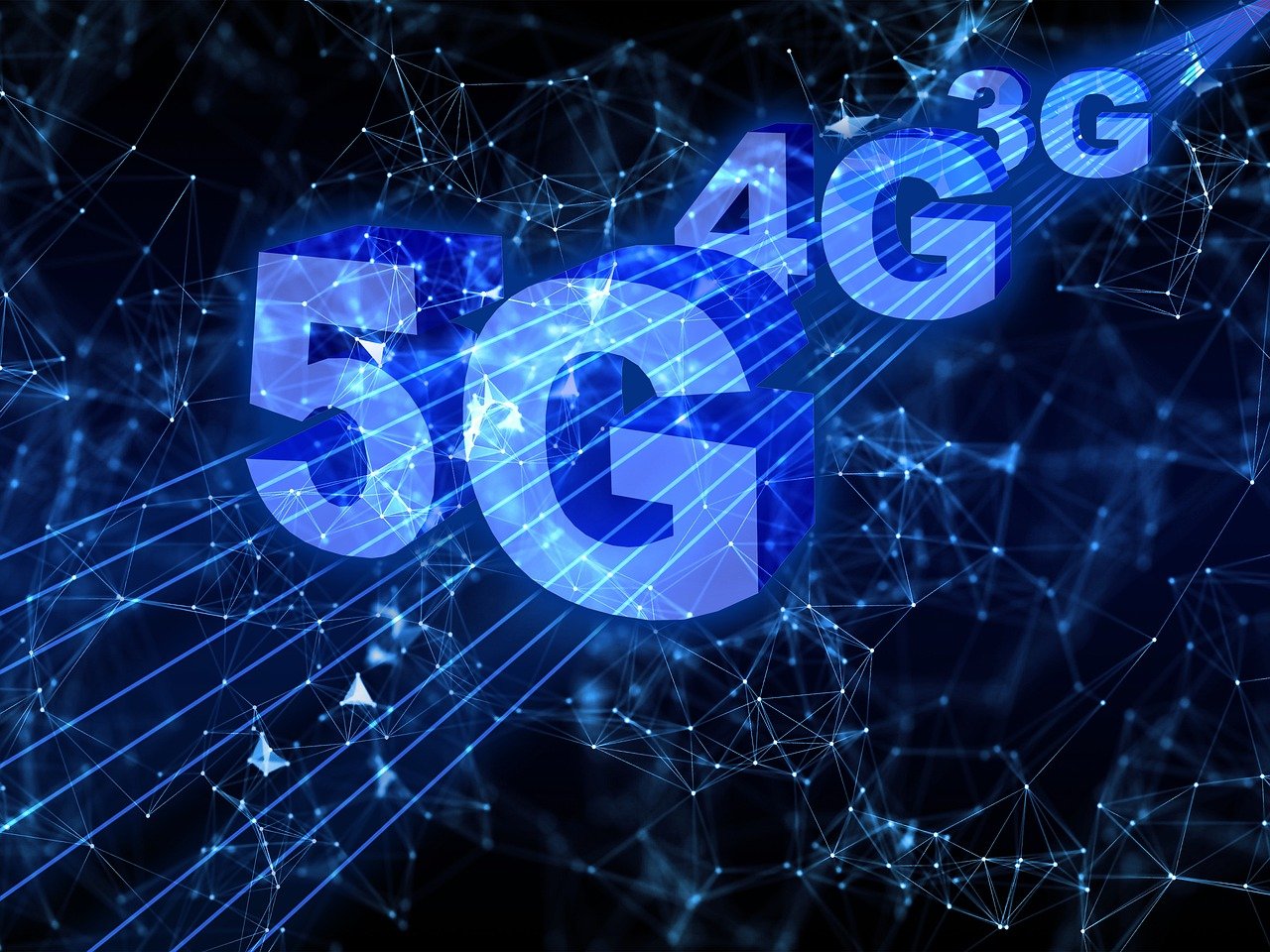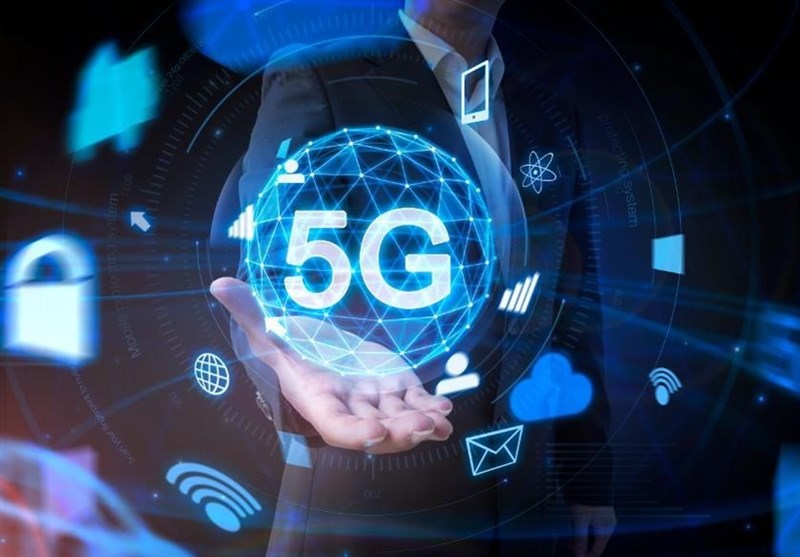A Dive into 5G technology
Introduction:
5G, or the fifth generation of wireless communication
technology, has become a buzzword in recent years. With the promise of
ultra-fast download and upload speeds, low latency, and the ability to connect
more devices than ever before, 5G is expected to revolutionize the way we
communicate and access information. In this blog, we'll take a deep dive into
what 5G is, how it works, and its potential applications.
What is 5G?
5G is the latest and most advanced iteration of wireless
communication technology. It's the successor to the previous generation of
cellular networks, including 3G and 4G. 5G is designed to be faster, more
reliable, and capable of handling a larger number of devices than previous
generations.
The primary difference between 5G and previous generations
is the use of higher frequency bands. While 4G primarily used frequencies below
6 GHz, 5G can use frequencies up to 300 GHz, which allows for faster data
transfer rates and lower latency. However, the higher frequency bands have
limited range and are more susceptible to interference, which means 5G requires
more infrastructure than previous generations.
How does 5G work?
5G technology works by using a combination of radio waves,
software, and hardware to transmit data wirelessly. 5G networks use a system of
small cell towers placed throughout an area, each of which is connected to a
fiber-optic network. These small cells work together to provide coverage and
support for a large number of devices.
The technology uses a combination of two types of wireless
transmission: sub-6 GHz and millimeter-wave (mmWave). Sub-6 GHz frequencies can
travel long distances and penetrate obstacles like buildings and trees, while
mmWave frequencies have a shorter range but can provide faster data transfer
rates.
One of the key benefits of 5G is the low latency, which is
the time it takes for a device to send and receive data. 5G networks have a
latency of just one millisecond, which is much faster than previous
generations. This makes 5G ideal for applications that require real-time
response, such as autonomous vehicles and remote surgery.
Potential applications of 5G:
The potential applications of 5G are vast and varied. Here
are just a few examples:
- Smart
cities - 5G technology can enable cities to become more efficient and
sustainable by providing real-time data on traffic, energy usage, and air
quality.
- Healthcare
- 5G networks can support remote healthcare services, such as telemedicine
and remote surgery, which could improve access to healthcare and save
lives.
- Autonomous
vehicles - 5G's low latency can enable real-time communication between
autonomous vehicles, which could make roads safer and reduce traffic
congestion.
- Virtual
and augmented reality - 5G can support high-quality streaming of virtual
and augmented reality content, which could revolutionize the entertainment
industry.
- Internet
of Things (IoT) - 5G can support a larger number of connected devices,
which could enable a wide range of IoT applications, such as smart homes
and connected factories.
Conclusion:
5G technology has the potential to transform the way we
communicate, work, and live. With its fast download and upload speeds, low
latency, and ability to connect more devices than ever before, 5G is expected
to revolutionize a wide range of industries, from healthcare and transportation
to entertainment and manufacturing. As 5G infrastructure continues to be
deployed and new applications are developed, we can expect to see even more
exciting and innovative uses of this technology in the years to come.



Comments
Post a Comment